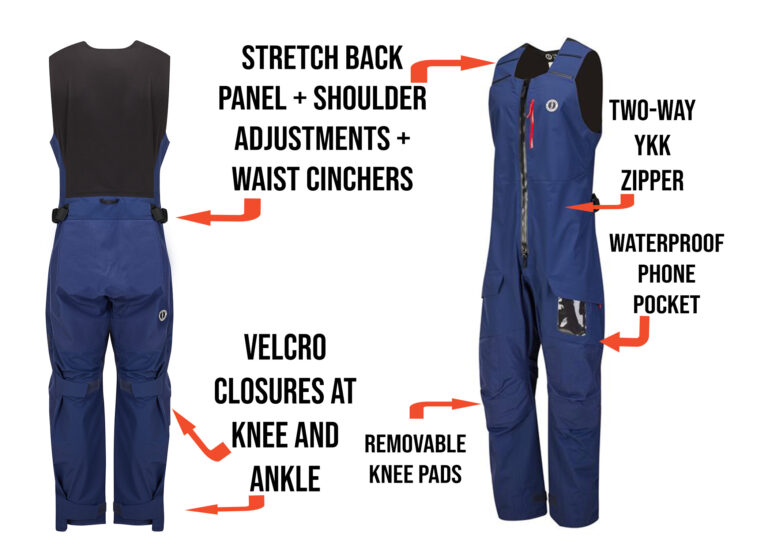
Coville960
Having been caught in high-pressure weather fronts, almost capsized off the coast of Brest, France, and worked his mind and body to exhaustion on two hours of sleep, Thomas Coville sounded amazingly calm and lucid in the middle of the Indian Ocean. Via satellite phone conference call last week, he spoke to a group of journalists about his attempt to sail around-the-world in less than 57 days, 13 hours. He has completed about one third of the journey on the trimarin _Sodeb’O _thus far. Currently in the Indian Ocean in the Roaring Forties, Coville is trying to make up for the roughly two days he lost in doldrums-like wind conditions.
He’s spent a mindboggling amount of time at sea in the last year, breaking the Jules Verne around-the-world record with Franck Cammas and placing third in the Ultimate Class category on the Sodeb’O in the Route du Rhum in October. Sometimes, he admits, he wishes he were at home in Brest, reading a book by the fire.
**Moderator: How would you sum up the journey so far?
**So far, so good, for both myself and my boat. I haven’t had any major problems with the boat, except for a few small repairs to do here and there. It really feels good knowing that I can rely on my boat 100 percent.
The beginning of the race has been successful, although around the equator I had to slow down, where it’s frankly like playing the lottery, because you never know what kind of conditions you’re going to face there. The last four days have been very challenging, yet the navigator has done a superb job. If everything goes well, I think I still have a shot at beating the 57-day record once I enter the Atlantic and begin making my way back to Brest.
**Sailing World: What are psychological and physical challenges are you facing?
**Honestly, I was expecting to make better time sailing around the Cape of Good Hope. Of course, it’s psychologically tough to sail around the world in less than 57 days. Having said that, I’m about two days behind, and conditions have not been ideal. High-pressure conditions have set in, but I’ve kept going. I’m still focused on what I’m doing every day.
**SW: It looks like the navigators are doing a superb job, yet the weather conditions have been less than ideal?
**Yes, conditions have been less than ideal, with many high-pressure fronts and very light wind conditions. I didn’t make the right choice for the weather near Saint Helene, so I had to make the best choice with what I had. It’s really the weather that will determine if the world record will be broken or not. We’ll see after Cape Horn.
**SW: What was the trouble at Saint Helene?
**Very light conditions in a high-pressure zone. I had to go down to the 40th latitude to catch a low-pressure front, and I met a big storm for four days. I had to stay ahead of it. So I had four days with more than 550 miles a day at an average speed of about 24 to 25 knots, but the sea conditions were rough.
I ran into the Doldrums before Saint Helena, the low-pressure front after Saint Helena, and I will likely face similar [low-pressure] conditions after Cape Horn. It’s all about transition. Each time you have a bad transition [between different weather fronts], you waste time.
**SW: What’s it like getting by on so little sleep?
**I’m tired, course, and for the last four days I’ve been sleeping less than two hours per day. But before Saint Helena in the high-pressure zone, I was sleeping about four hours a day, which is very good. I need to rest for a couple of hours before the next low-pressure zone over the Indian Ocean, which is a big one, so I will need to recharge my batteries before that.
SW: What would be the ideal conditions to make up the 1,000 miles?
It’s going to be tough with the northerly winds from the big-low pressure zone that’s in the Indian Ocean. It’s going to be a big fight. It will be tough, with some storms with [winds] of more than 45 knots. So I know it’s going to be tough, but I’m not choosing the weather conditions.
I’m not taking the southern route, but will take the safer way by remaining on a more northern route. If the low-pressure front becomes too dangerous, I can go north and be safe. Hopefully, the Pacific Ocean will be easier.
I’m just taking it day by day, and I’m doing the best I can with what I’ve got. It’s a pleasure being onboard and sailing well. This is where I get my energy. It’s fantastic being on the sea and trying to beat the record. I could’ve stayed home in Brest, because I’d been around the world already. I could’ve stayed home all winter and [attempted the solo around-the-world] record next year. But I think every winter when you’re not trying something is a winter lost. You need to try things in winter—that’s my philosophy. Last year, I sailed around the world on Groupama, and next winter I might do the journey on a different kind of boat.









